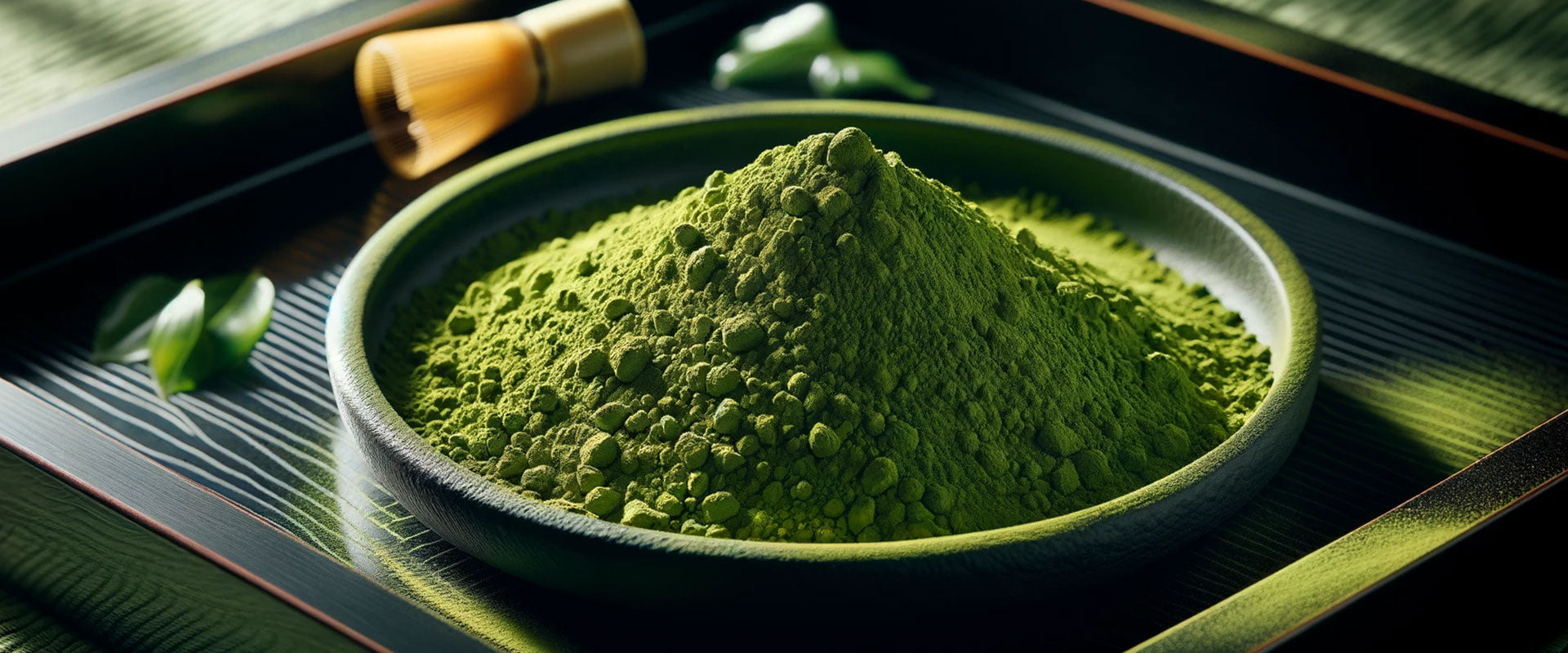Natural Green Food Coloring and Dye Recipe
Mother Nature's palette is as vibrant as any we can create in a lab, and when it comes to green, there are numerous natural sources that can provide that splash of color we often seek in our food. Avoid the risks and potential side effects associated with artificial green food coloring, and opt for these all-natural sources of green color for your next recipe.
Spinach Makes For a "Strong" Green Dye
This leafy green vegetable is an excellent source of chlorophyll, the pigment that gives plants their green color.
Recipe: Organic Green Food Coloring from Fresh Spinach
Ingredients:
- 2 Cups of Organic Fresh Baby Spinach.
- 1 Cup (8 fl oz, 200ml) USDA Certified Organic 200 Proof Food Grade Ethanol.
Equipment
- 32 oz Glass Mason Jar with Lid
- 16 oz Glass Mason Jar with Lid
- Wooden Spoon
- Fine Mesh Strainer
Steps:
- Wash and thoroughly dry the fresh spinach. Leave the leaves whole.
- Combine spinach leaves with 200 proof alcohol in a mason jar. Press down leaves with a wooden spoon to submerge spinach in alcohol. Cover tightly with a clean lid, aluminum foil, or plastic wrap and a rubber band.
- Shake initially to integrate ingredients. Allow sit overnight at room temperature. Shaking more often than once is optional.
- Strain the spinach the next day, retaining the brightly colored green food coloring. Discard the spinach leaves. Letting the spinach leaves sit in the alcohol solution for longer than 1 week is not recommended.
- Store your all natural green food coloring in a tightly sealed glass jar, away from sunlight and sources of heat (the refrigerator/freezer door is a good spot).
Notes: Green color is delicate and can change from lime-green to golden-amber to brown over time thanks to oxidation. Use your organic natural food coloring as soon as possible for maximum color transfer into your favorite recipes.
Other Ingredients for Making Natural Green Food Color
If spinach is not available to you, try these other ingredients capable of delivering a natural green food coloring or dye when soaked using the method described above in 200 proof food grade alcohol. Start with a 2 to 1 ratio of your ingredient to alcohol and adjust the recipe to achieve your desired level of natural red color.
Spirulina
This blue-green algae is not only a superfood but also a superb natural dye. It's sold in powder form, which can be directly mixed into food to give a vibrant green color.

Matcha
This powdered green tea is not only for your morning cup but can also be used as a food dye. Its distinct green hue comes from the high concentration of chlorophyll preserved in the tea leaves.

Alcohol vs. Water for Color Extraction
-
Efficiency of Extraction:
- Alcohol: Alcohol is a more efficient solvent for extracting color from many sources (like fruits, vegetables, and spices) because it can dissolve both water-soluble and oil-soluble compounds. This means you can extract a wider range of pigments more effectively.
- Water: Water can only dissolve water-soluble compounds, which may limit the range of colors you can extract.
-
Intensity and Stability of Color:
- Alcohol: The colors extracted with alcohol tend to be more concentrated and vibrant. Alcohol’s lower boiling point means it evaporates quickly, leaving behind the pure pigment without dilution.
- Water: Water-based extracts might be less intense and can introduce additional water into your recipes, potentially affecting the texture and consistency of the final product.
-
Preservation and Shelf Life:
- Alcohol: Alcohol has natural preservative properties that can help extend the shelf life of your homemade food coloring by inhibiting the growth of bacteria and mold.
- Water: Water-based extracts may spoil faster and usually require refrigeration. They are more prone to bacterial and mold growth.
-
Application Considerations:
- For baking and dry mixtures, alcohol-based extracts can be preferable because the alcohol evaporates during the baking process, leaving the color without additional moisture.
- For cold applications like icing, cocktails, or uncooked foods, both alcohol and water-based extracts can be used, but alcohol-based colors may offer more vibrant hues.



